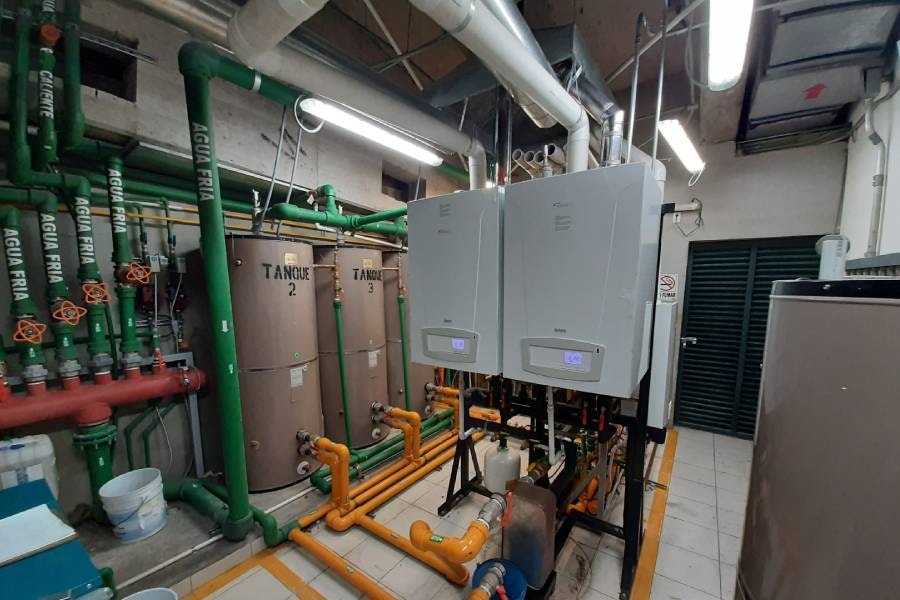In robust industrial and commercial complexes, the efficiency of their systems is largely due to the constant checking of the installation and is closely related to the timely replacement of boiler elements, among other accessories.
There are several classifications of hot water collectors, depending on the structure of the building or industrial warehouse, and also according to the type of industrial application for which it is made. But what they have in common is the operation of each component of a boiler, to correctly add up the total efficiency that this type of construction is supposed to have.
We have already emphasized that the slightest detail can become a problem in the medium or long term if such detail is not considered or checked promptly. It is essential to avoid costly stoppages and other issues that put the operation of an industrial zone at risk.
The different types of boilers are those that work with steam, with superheated water, those that serve with hot water, and those with thermal fluid. Each one handles different temperatures in the transported fluids, there is also a classification branch into fire-tube and water-tube heating systems. Although, on the other hand, there are those subclassified according to the pressure in the home, such as depression, atmospheric, and overpressure type.
The true calculation of the energy efficiency of the industrial water heater is inherently tied to the total form of the structure of this class, because only the initial cost of the tank or boiler represents a small part of the total cost with all its parts, to form a certain useful lifetime.
In the operational life of the industrial heating system, complete assurance of its operation is preponderant, if optimization is truly sought, with fuel costs being key catalysts for true energy savings and comprehensive care of the parts of the structure.
Needless to say, the efficiency of an industrial water heater decreases with time and use; It will never retain its original efficiency. The important thing about this is knowing how to minimize these decreases based on the relevant maintenance, promptly. It is essential to have monitoring programs in the operation of these systems, both at an economic level to minimize fuel bills, and at an ecologically responsible level, when trying to reduce the impact of the carbon footprint.
The efficiency indicators in a boiler help to measure the scope of savings, as well as the perception of other energy losses that could put the efficiency issue at risk. For example, there is combustion efficiency, which indicates the capacity of a burner component to do its job correctly, which is to burn the fuel, from here two aspects or topics branch out, the exhaust gases and the amount of unburned fuel, as well as excessive oxygen in the exhaust.
It is a question of thermal and energy balance to balance unburned fuel losses and its direct relationship with enthalpy losses. This, to a large extent, will determine the combustion efficiency in industrial water heaters and similar systems, also taking into account the type of fuel to be used within the operation of the structure.
On the other hand, there is the so-called thermal efficiency, linked to the capacity of the system’s heat exchangers, in their transfer of thermal energy from the chimney to the waterside. Within this area, it is necessary to be fully aware of the incidences of soot in the ducts of the industrial water heater; Neglecting this will invariably lead to a direct impact on thermal efficiency.
Likewise, other factors are linked to the performance of the heating system, such as on-off losses, radiation losses, convection losses, and blowing losses, among other factors. In that sense, specialists must make certain calculations, to fully discern the real efficiency of these heating systems, either through direct or indirect methods of calculations.




